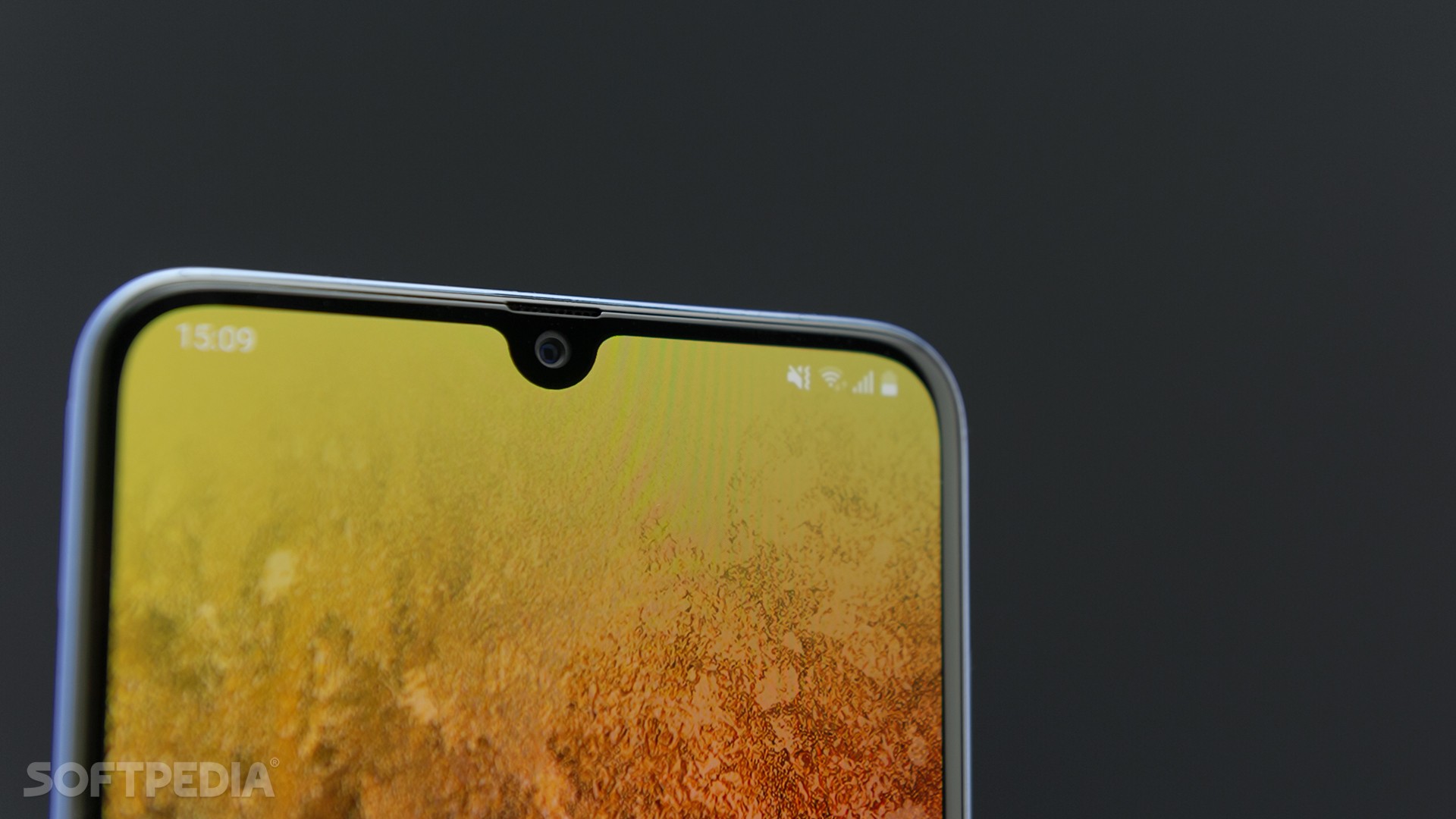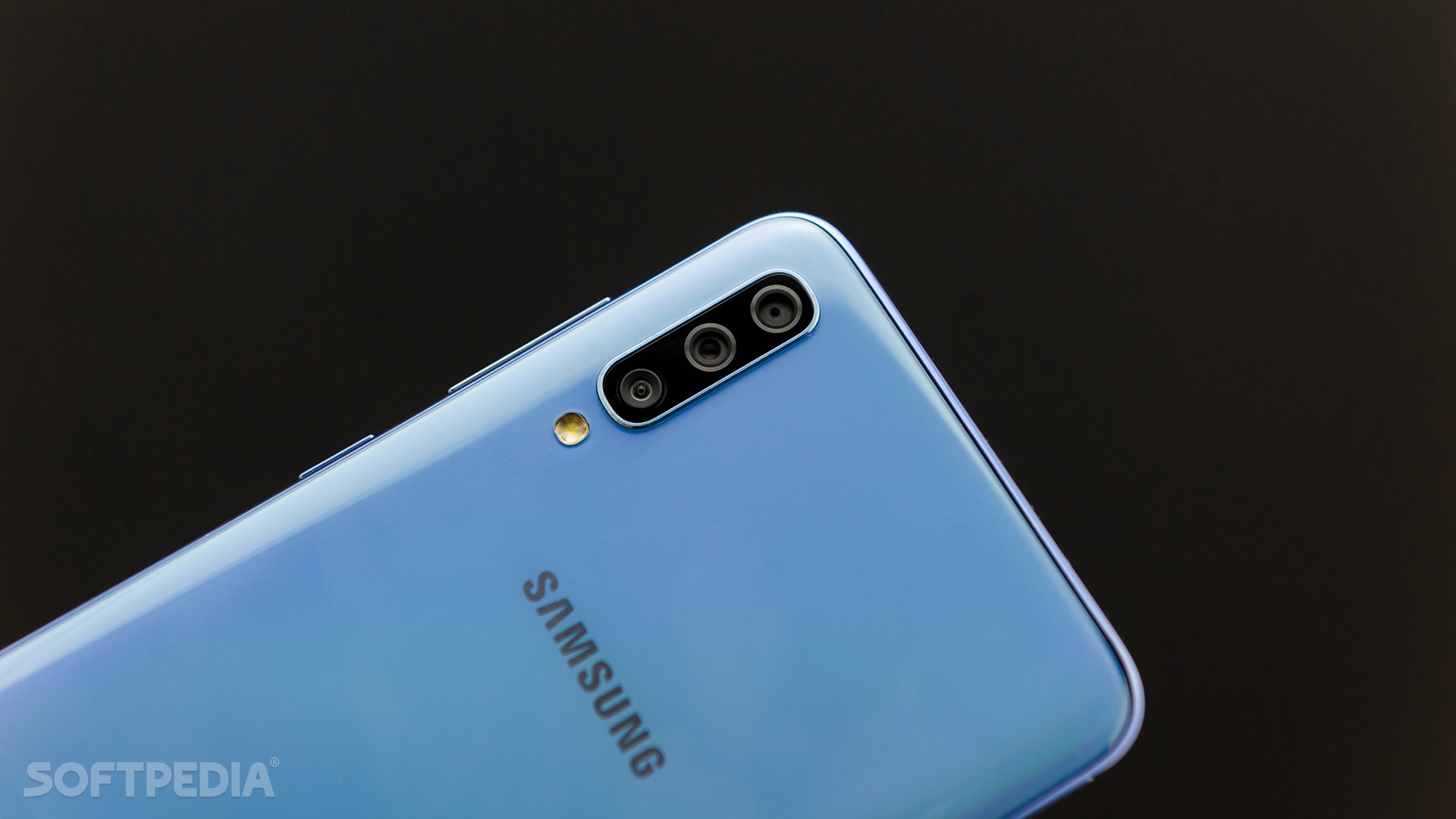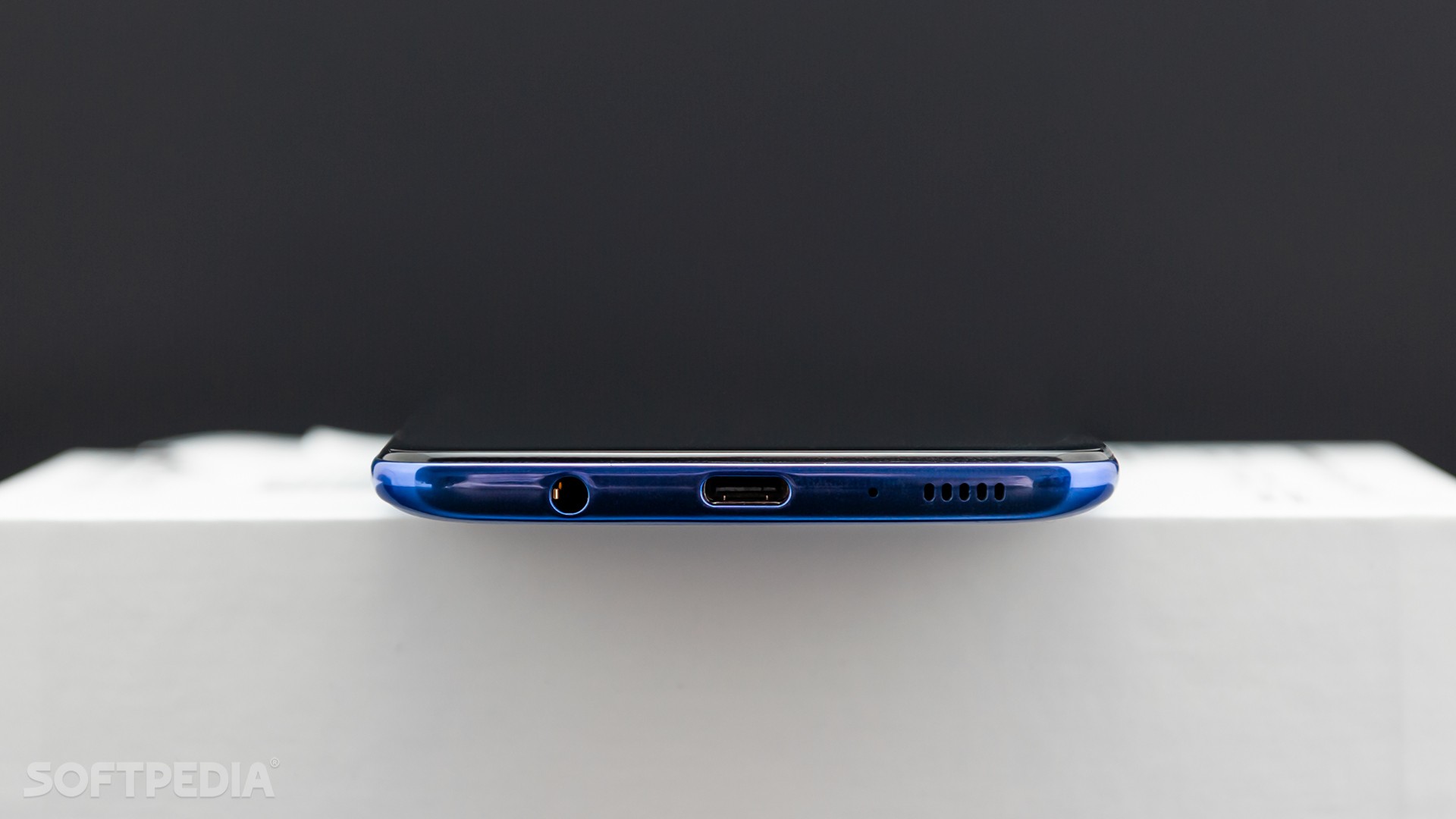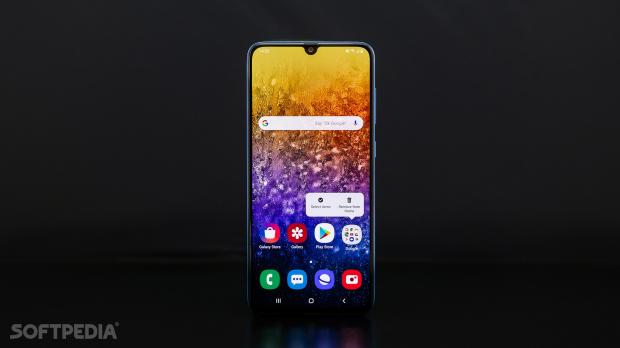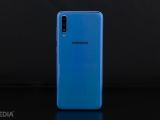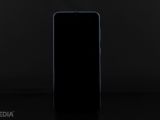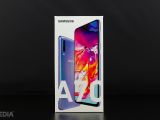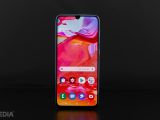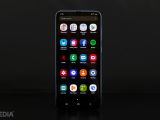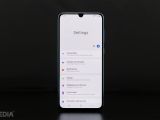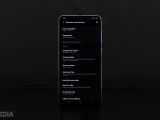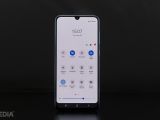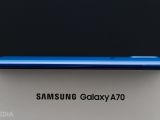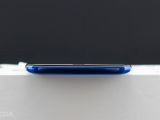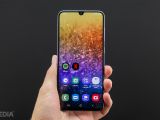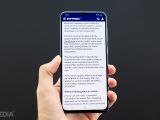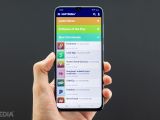If you’re keeping an eye on Samsung’s mobile strategy these days, you probably noticed that the South Korean firm has been super-active in the mid-range market, despite investing aggressively in flagships as well.
But while flagships most often serve as pioneers of the company's latest innovations, mid-rangers are the ones with a substantial contribution to the market share, mostly because they are more affordable, therefore they are aimed at more buyer categories.
Samsung’s Galaxy A lineup is spearheading the firm’s push in the mid-range market this year, and models like the A40, A50, and A70 are here to win the heart of customers that would otherwise consider buying a Huawei or Nokia device.
The A70 is the “most premium” of all three, and while it’s by definition a mid-ranger, you’ll observe that it tackles the upper part of this particular category with features that could otherwise fit a flagship too.
The design of the phone comes with both pros and cons, but I learned that these are pretty subjective, and while some people might consider certain features a neat touch, others could do very well without them.
One example is the back of the phone, which uses plastic. While plastic doesn’t look as exquisite as glass, which most flagships use these days, I’m actually a big supporter of this material, simply because it’s more durable and cheaper to replace in case it breaks down.
I know what you’re going to say: glass is super-durable too, and the hundreds of drops tests that people did with the iPhone X and other really expensive models are living proof. But in fact, breaking down a phone with a glass body is something that anyone can do, and it’s all just a matter of luck. I learned this the hard way because the likelihood of an iPhone X to shatter into pieces is some kind of algorithm that includes the distance to the ground, the angle at which the phone hits it, and luck.
Getting back to the plastic on the A70, Samsung tried to make it look a bit more premium by giving it a glass appearance. The company calls this glasstic because, you know, it sounds good, but after all, it’s just plastic and that’s perfectly alright.
One of more-special parts of this choice of plastic is that depending on the angle, it gets a somewhat rainbow effect produced by the light that comes in contact with the shiny surface. This looks pretty cool actually, and I think it’s living proof that using plastic on a smartphone can be a premium approach if you know how to do it.
My biggest problem with the A70 is its overall size. With a 6.7-inch display, this isn’t the typical phone that you can easily carry in your pocket. Samsung tried to make it as compact as possible by reducing the bezels and using a water drop notch, but you still get a phone that measures 164.3 x 76.7 x 7.9 mm (6.47 x 3.02 x 0.31 inch) and tips the scales at 183 grams.
For comparison, an iPhone XS Max, which has a 6.5-inch display, measures 157.5 x 77.4 x 7.7 mm (6.20 x 3.05 x 0.30 inches).
But with an 86% screen-to-body ratio, the available screen estate is really impressive. After all, the Galaxy A70 is a phone whose main selling point is the large screen, and you’re just going to love the display when watching videos or playing games.
In typical Samsung fashion, the A70 is equipped with the company’s very own Super AMOLED touchscreen, and this means that you get vivid colors, excellent contrast and details, as well as a really responsive experience every time you touch the display. However, the A70 is a little bit too tall for my taste, and its 20:9 aspect ratio pretty much speaks for itself. Of course, not all content is optimized for this aspect ratio, so there are moments when having a large screen doesn’t necessarily pay off.
Because it’s a mid-ranger, you’re not getting all the bells and whistles of the Galaxy S10, for example, so you’ll have to roll with Gorilla Glass 3 on the display.
And speaking of mid-range capabilities, another part which clearly signals the side of the market the A70 is aimed at is none other than the processor. Unlikely many other Samsung phones, Galaxy A70 doesn’t use an Exynos chip, but a Qualcomm Snapdragon 675 processor paired with 128GB storage and an Adreno 612 GPU unit.
There are two versions of the Galaxy A70, with 6GB and 8GB RAM, and I obviously recommend you to choose the higher spec especially if you’re a heavy gamer.
Galaxy A70 also comes with Bluetooth 5.0, which is a neat touch at this price point, a fingerprint sensor embedded into the screen, USB Type-C for changing and data transfer, and a headphone jack, a feature that’s becoming a rare thing these days.
Let’s talk a little bit about the fingerprint sensor placed under the display. Samsung’s phones currently use three different approaches when it comes to fingerprint readers: on the back, on the side, and under the glass.
The last one, with the fingerprint sensor embedded into the screen, is the latest and greatest, albeit this depends on the technology that Samsung uses. The Galaxy S10, for example, uses an ultrasonic sensor, which is super-fast and accurate (especially now, after the latest software updates).
On the other hand, the more affordable models stick with an optical sensor mostly because the ultrasonic sibling is a lot more expensive. Optical sensors aren’t as fast and accurate as their more expensive brothers, and this is often a huge drawback, as I said when I reviewed the Samsung Galaxy A50.
However, the optimizations that Samsung has made in terms of software pay off on the A70, as the fingerprint sensor is a lot faster than on the A50. Accuracy is also much improved, albeit there are occasional errors when trying to unlock the device and the speed isn’t the same as in the case of the ultrasonic sensor. Nevertheless, this fingerprint sensor is one that you can actually use, unlike the A50's which failed in more than half of my attempts to unlock the phone.
As far as the camera on the back is concerned, there are three different sensors. There’s a main 32-megapixel, f/1.7 sensor, an ultra-wide 8-megapixel f/2.2 sensor, and a 5-megapixel f/2.2 depth sensor.
My experience with this camera setup provided mixed results. In perfect lighting conditions, the Galaxy A70 is capable of producing really good photos, albeit I observed the signature Samsung post-processing edits that increase the saturation to create more vivid colors. This isn’t necessarily a bad thing, as photos could end up looking even more colorful than in reality, but on the other hand, there’s a big difference between what you see on the screen of the phone and on a correctly-calibrated laptop display, for example.
What I like about this camera is that it’s pretty fast, which means that you can take quick shots of subjects that are in motion. The contrast is generally good, and the post-processing that I was talking about earlier also tends to add just a little touch of extra sharpness.
On the other hand, not the same thing can be said about those moments when the surrounding light isn’t optimal. A low light typically leads to photos that are full of noise, with the level of contrast often very low. At the same time, I noticed that the A70 sometimes fails to properly adjust the highlights, so if you’re taking a photo of a street during the night, for example, you barely see any details around the areas where a source of light is located, such as a street pole.
However, let’s not forget that the purpose of the Galaxy A70 isn’t to offer the best of the best in terms of camera performance, and if you’re looking for a model that doesn’t have the setbacks mentioned above, you should be ready to spend much more.



The 4,500 mAh battery on the Galaxy A70 is one of the best things about this phone. Not only that it features 25W fast battery charging, but at 4,500 mAh the A70 easily gets you through the day, and I bet that those who only occasionally touch their phones can reach up to 3 days per charge.
My average is one day and a half, which is something pretty impressive given that I’m typically a hardcore user and I really pushed the A70 to the limit during my time with it. The 25W battery charging brings it to a full charge in approximately 2 hours.
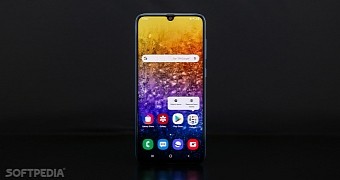
 14 DAY TRIAL //
14 DAY TRIAL // 